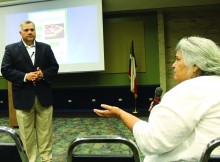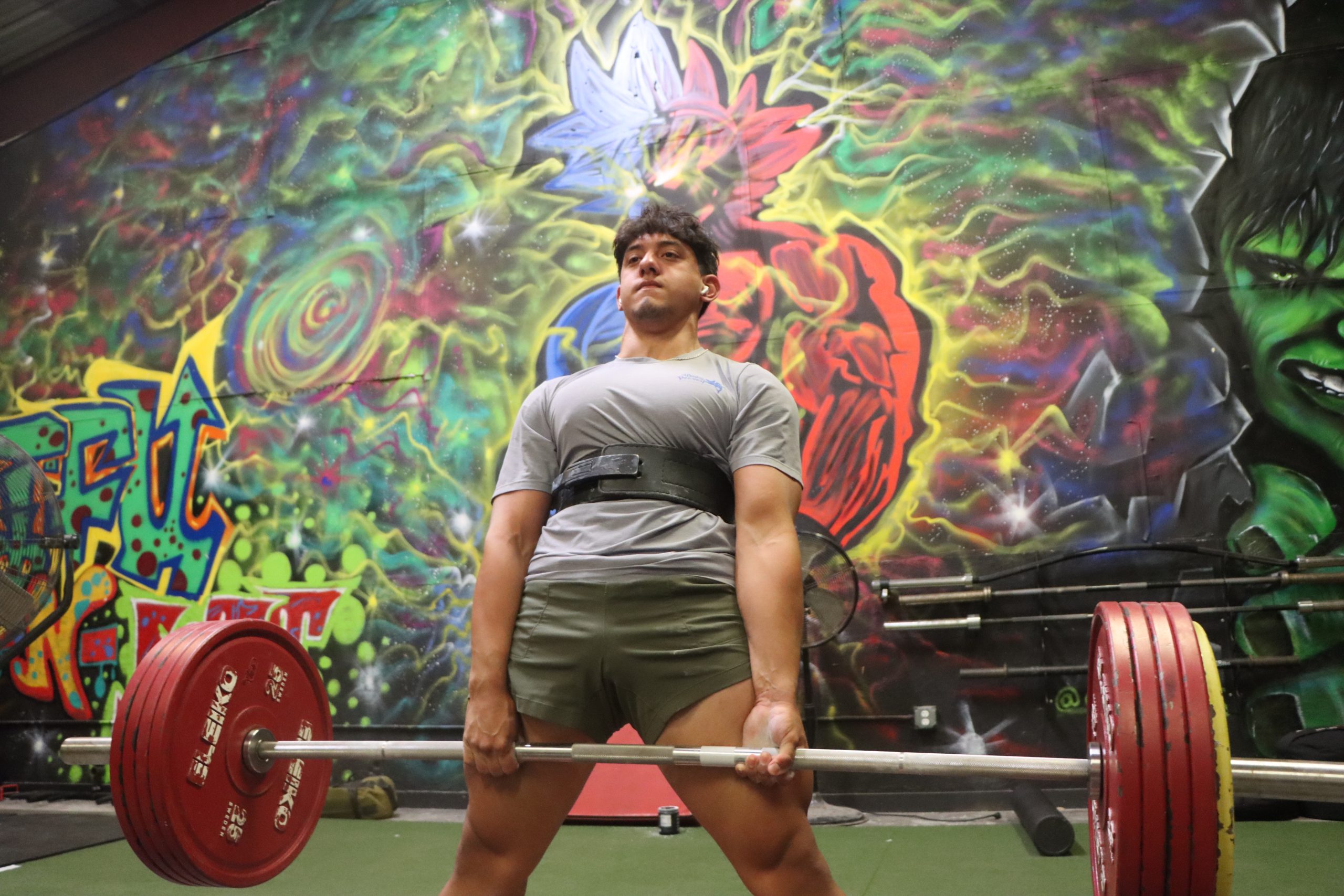Día De Los Muertos took place early at Del Mar on Oct. 30 at the White Library on Heritage Campus, giving students and staff a chance to reconnect with the ones they have lost but also celebrate the life they lived.
Participants also learned more about the traditions of the holiday, with two professors giving educational talks. Carey Rote, Professor of History at Texas A&M University-Corpus Christi, talked about her research via exploration of the holiday in Oaxaca, Mexico. The second speaker, Jacqueline Sommer, adjunct Professor of History also at TAMU-CC, talked of her lived experience of growing up celebrating in Michoacán, Mexico and the culture surrounding the day. Both speakers explained how grief transforms into a community altar with pictures of the departed, food offerings of pan de muerto, displays of bright colors with marigold flowers and an activity of making their own colorful bookmark skulls.
Rote spoke about her research done on how Día de Los Muertos is celebrated in Oaxaca, Mexico. Rote explained how there are two days of remembrance, the first day meant for the souls of children, and the second meant for adults and the elderly. The festivities in Mexico include throwing parades or “comparsas” in honor of the dead, with live music playing for all to dance to as they go. The more somber and sacred acts take place afterward, “tapete makings” or sand paintings, as well as placing decorations on an altar of photos, candles, flowers, food, and other meaningful items that celebrate the lives and spirits of the departed.
Sommer spoke of her experiences with Día De Los Muertos in Michoacán, surrounded by the history and folklore in her life. The celebrations open the door to allow the transcendence and coexistence of the deceased with the living.
“Mexico has identified itself as a country where death is a matter of love,” Sommer said, going on to say that this holiday celebrates not only loved ones, but for people’s ancestors as well.
The event showcased the differences of tradition from Oaxaca, some altars having three levels to represent heaven, earth, and the underworld and some tapetes not using only sand but flower petals, sawdust, and beans. The food offerings left for the departed will afterwards be tasteless, consumed by hungry souls of the dead.
In between the speakers, crafts and sharing of pan de muerto and Mexican hot chocolate, Del Mar Professor of Spanish Javier Morin spoke of the importance of this event.
“The public enjoys learning about other people and other cultures,” said Morin. “I mix it with the Spanish language as well, and I think that there’s always interest in learning another language and learning to communicate with other people. …when you learn another language, you learn another culture, and you also learn other people.”
Día De Los Muertos celebratory practices vary widely depending on region and how much the day means personally, but the core value are the same: A celebration, not of sorrow or mourning, but a festive honoring of lives lived.




